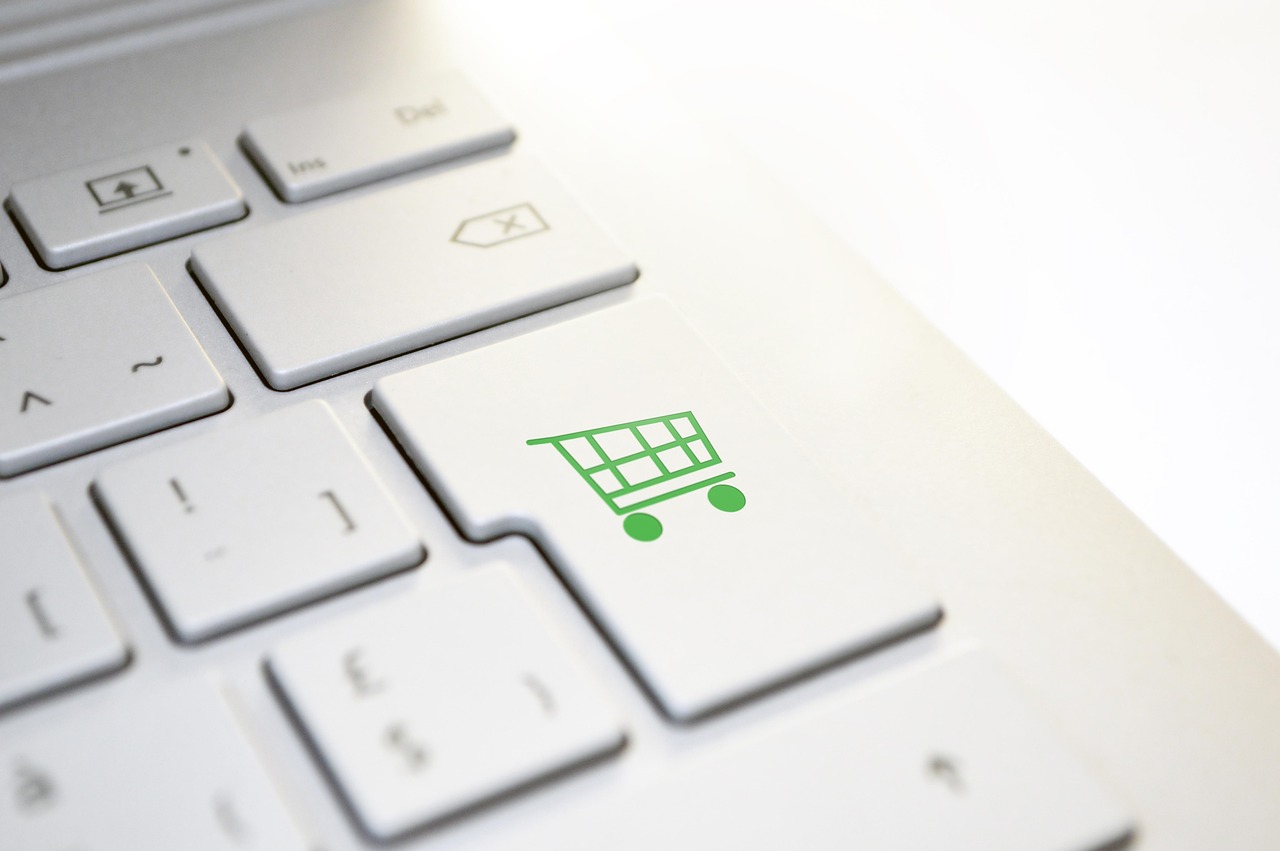Digital receipts are revolutionizing how we track purchases, manage expenses, and contribute to a more sustainable environment. Ditching traditional paper receipts offers a multitude of benefits, from streamlined organization and improved accessibility to reduced paper waste and enhanced security. This comprehensive guide explores the world of digital receipts, delving into their advantages, functionalities, security measures, and how they are shaping the future of commerce.
What are Digital Receipts?
Definition and Explanation
A digital receipt, also known as an electronic receipt or e-receipt, is a digital record of a transaction. Instead of being printed on thermal paper, it is sent to the customer via email, SMS, or through a mobile application.
How Digital Receipts Work
The process typically involves the following steps:
- Point of Sale (POS) System: The POS system at a store or business is integrated with digital receipt software.
- Customer Information: At the time of purchase, the customer provides their email address or phone number, or they may scan a QR code.
- Receipt Generation: The POS system generates a digital receipt containing all the relevant transaction details (items purchased, price, date, time, etc.).
- Delivery: The digital receipt is then automatically sent to the customer’s provided email address or phone number.
- Storage and Access: Customers can store, access, and manage their digital receipts in their email inbox, a dedicated app, or through a cloud-based platform.
The Growing Popularity of Digital Receipts: Statistics
The adoption of digital receipts is rapidly increasing. Several factors contribute to this growth:
- Environmental Concerns: Consumers are becoming more environmentally conscious and are seeking ways to reduce their carbon footprint.
- Convenience: Digital receipts offer greater convenience and accessibility compared to paper receipts.
- Mobile Technology: The widespread use of smartphones has made it easier for businesses to offer digital receipts and for customers to receive and manage them.
Studies show that the digital receipts market is projected to experience significant growth in the coming years, driven by these trends and the increasing demand for efficient and sustainable business practices.
Benefits of Using Digital Receipts
For Businesses
Implementing digital receipts can bring numerous advantages to businesses:
- Cost Savings: Reduce expenses on paper, ink, and printer maintenance.
- Improved Efficiency: Streamline operations and reduce the time spent on manual receipt management.
- Enhanced Customer Engagement: Collect customer data for targeted marketing campaigns and personalized offers.
- Brand Building: Project a modern and eco-friendly image.
- Data Analytics: Gain valuable insights into customer purchasing habits and trends.
- Reduced Errors: Minimize the risk of lost or damaged receipts.
Example: A coffee shop that switches to digital receipts can save on paper costs, track customer preferences based on their purchases, and send out targeted promotions for specific drink types.
For Consumers
Consumers also benefit significantly from digital receipts:
- Easy Organization: No more bulky wallets or shoeboxes filled with paper receipts.
- Improved Accessibility: Access receipts anytime, anywhere, from your smartphone or computer.
- Enhanced Expense Tracking: Easily track spending for budgeting or tax purposes.
- Reduced Clutter: Eliminate paper waste and declutter your physical space.
- Environmental Friendliness: Contribute to a more sustainable environment.
- Warranty and Returns: Simplify the process of warranty claims and returns.
Example: Imagine effortlessly filing your travel expenses for reimbursement by having all your digital receipts neatly organized in a single folder in your email or expense tracking app.
Security and Privacy Considerations
Data Encryption and Security Measures
Security is paramount when dealing with digital receipts. Reputable digital receipt providers employ various security measures to protect sensitive customer data:
- Encryption: Data is encrypted both in transit and at rest to prevent unauthorized access.
- Secure Servers: Receipts are stored on secure servers with restricted access.
- Data Privacy Policies: Companies adhere to strict data privacy policies to protect customer information.
- Compliance Standards: Many providers comply with industry standards such as PCI DSS (Payment Card Industry Data Security Standard).
Addressing Privacy Concerns
While digital receipts offer many benefits, it’s important to address privacy concerns:
- Data Collection: Understand what data is being collected and how it will be used. Read the privacy policy.
- Opt-Out Options: Ensure there are clear and easy-to-use opt-out options for receiving digital receipts.
- Data Retention Policies: Inquire about how long your data is retained and how it is disposed of.
- Reputable Providers: Choose digital receipt providers with a proven track record of security and privacy.
Example: Before providing your email address for a digital receipt, check the business’s privacy policy to understand how your information will be used and if it will be shared with third parties.
Tips for Secure Digital Receipt Management
To further enhance security, consider the following tips:
- Use Strong Passwords: Protect your email and app accounts with strong, unique passwords.
- Enable Two-Factor Authentication: Add an extra layer of security to your accounts.
- Be Cautious of Phishing Scams: Be wary of suspicious emails or links claiming to be from retailers.
- Regularly Back Up Your Data: Back up your digital receipts to a secure location.
Implementing Digital Receipts in Your Business
Choosing the Right System
Selecting the right digital receipt system is crucial for a successful implementation. Consider the following factors:
- Integration with Existing POS: Ensure the system integrates seamlessly with your current POS system.
- Customization Options: Look for a system that allows you to customize the appearance of your receipts.
- Reporting and Analytics: Choose a system that provides robust reporting and analytics features.
- Security Features: Prioritize systems with strong security measures and compliance standards.
- Pricing and Support: Evaluate the pricing structure and ensure adequate customer support is available.
Training Staff and Educating Customers
Effective implementation requires training staff and educating customers:
- Staff Training: Train staff on how to use the digital receipt system and how to explain it to customers.
- Customer Education: Clearly communicate the benefits of digital receipts to customers.
- Opt-In Process: Make the opt-in process simple and straightforward.
- Feedback and Support: Provide ongoing support and address any customer concerns promptly.
Practical Steps for a Smooth Transition
Follow these practical steps for a smooth transition to digital receipts:
- Start with a Pilot Program: Test the system with a small group of customers before a full rollout.
- Gather Feedback: Collect feedback from staff and customers to identify areas for improvement.
- Promote the Change: Announce the transition to digital receipts through social media, email marketing, and in-store signage.
- Provide Alternatives: Offer customers the option of receiving a paper receipt if they prefer.
Example: A retail store could run a promotion offering a small discount to customers who opt-in to receive digital receipts to encourage adoption.
The Future of Digital Receipts
Emerging Technologies and Trends
The future of digital receipts is bright, with several emerging technologies and trends shaping their evolution:
- Blockchain Technology: Blockchain can enhance security and transparency by creating immutable records of transactions.
- AI-Powered Expense Tracking: Artificial intelligence can automate expense tracking and categorization.
- Mobile Wallets Integration: Seamless integration with mobile wallets for easier receipt storage and management.
- Personalized Offers and Rewards: Digital receipts can be used to deliver personalized offers and rewards based on customer purchase history.
The Role of Digital Receipts in Sustainability
Digital receipts play a crucial role in promoting sustainability:
- Reduced Paper Waste: Eliminating paper receipts significantly reduces paper consumption.
- Lower Carbon Footprint: Reducing paper production and transportation lowers the carbon footprint.
- Eco-Friendly Image: Adopting digital receipts can enhance a business’s reputation as an environmentally responsible organization.
Predictions for the Future
Looking ahead, we can expect to see:
- Wider Adoption: Increased adoption of digital receipts across various industries.
- Enhanced Functionality: More advanced features and capabilities for digital receipt systems.
- Greater Integration: Seamless integration with other business systems and consumer applications.
- Focus on Data Privacy: Increased emphasis on data privacy and security measures.
Conclusion
Digital receipts are more than just a replacement for paper; they represent a fundamental shift towards efficiency, sustainability, and enhanced customer experiences. By understanding their benefits, addressing security concerns, and implementing them effectively, businesses and consumers can unlock the full potential of this transformative technology. Embracing digital receipts is a step towards a more organized, eco-friendly, and data-driven future.




